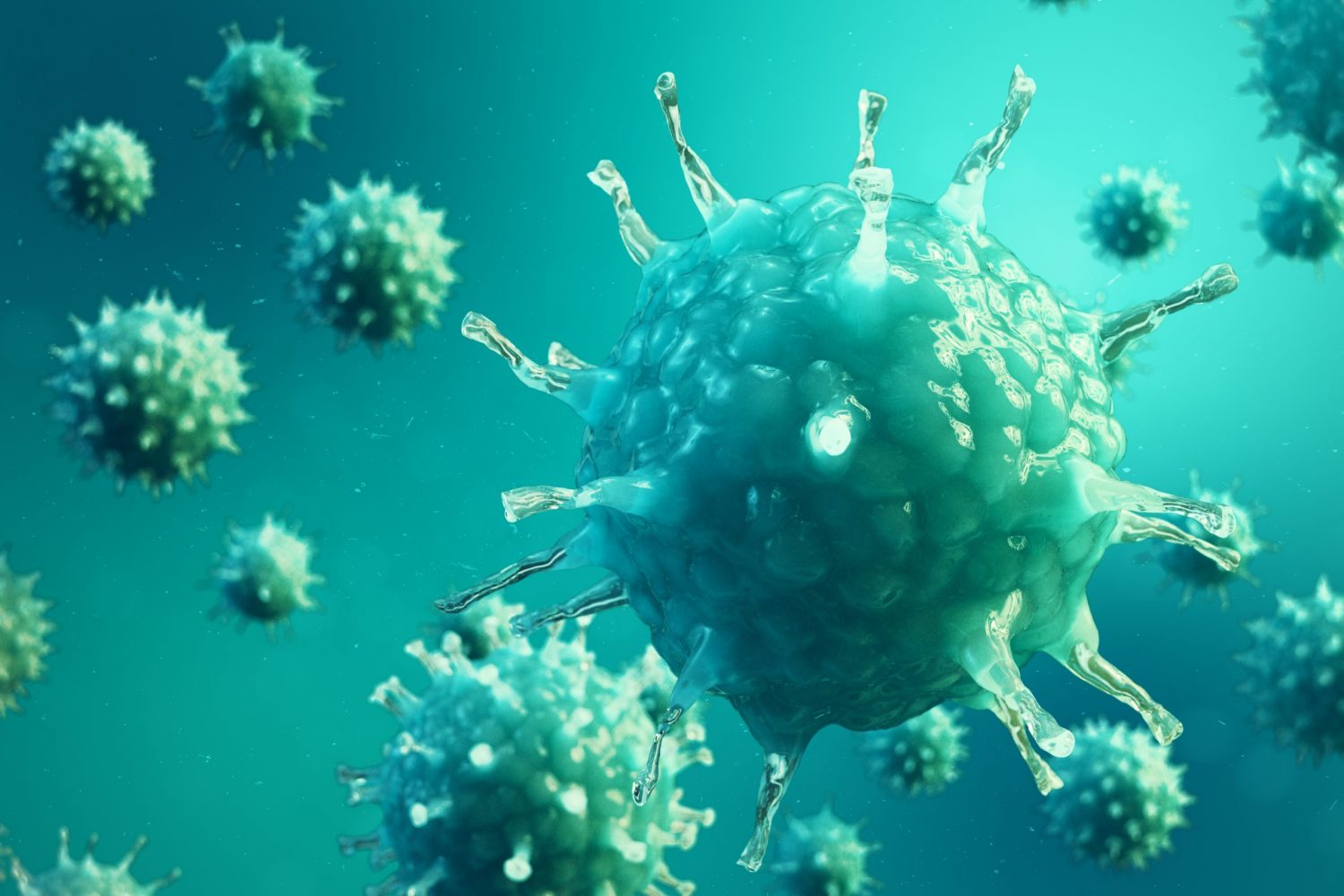Climate Change: Are Plastic-Eating Bacteria and Worms the Future of Recycling?

Plastics are found in every aspect of our daily lives and because they are hard to recycle, we are polluting our immediate environment and the oceans where these plastics often end up. A lot of plastics are polystyrene (PS), polyethylene (PE), or polyurethanes (PU) based. In the gut of mealworms (the larvae of Tenebrio molitor Linnaeus) is the bacteria Exiguobacterium sp. YT2 that has been shown to breakdown PS. The gut of Waxworms, or Indian mealmoths (the larvae of Plodia interpunctella) has two bacterial strains (Enterobacter asburiae YT1 and Bacillus sp. YP1) capable of degrading PE. A novel bacterium, Ideonella sakaiensis 201-F6, found in a landfill in Japan degrades and uses PET (a PE derivative) for its energy and carbon source, and generates environmentally benign products. Scientists have already improved the activity of the enzyme (PETase) involved in this process by tweaking its genes. The bacteria Pseudomonas has previously been shown to have species and strains that can degrade plastics. A new species was discovered in 2018 from soils around Galveston Bay. Last week a new strain from a landfill in Germany was shown to be able to grow and depend on PU metabolic pathway components as the sole source of energy, carbon and nitrogen. The German researchers offered a degradation pathway for PU which identified different candidate genes (and enzymes) that could be engineered in controlled environment to optimize and rapidly recycle these plastics into reusable byproducts for making new plastics. Fungi have also been shown to degrade plastics.
Articles reviewed for this post:


